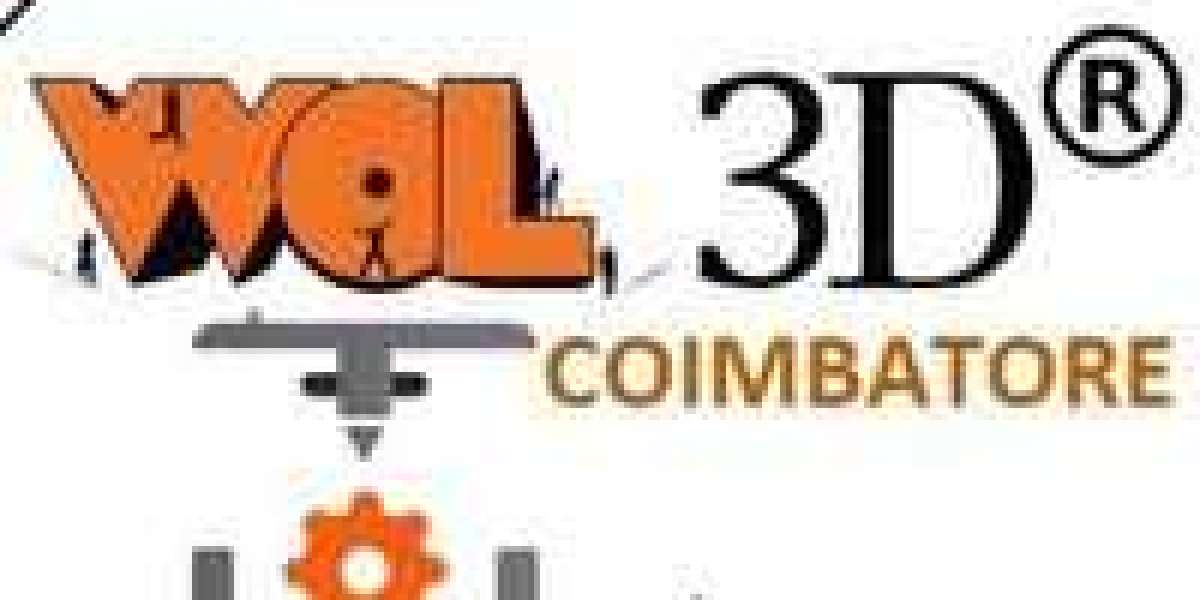In today's fast-paced business environment, every company seeks to maximize return on investment (ROI) in all aspects, including hiring. The right hiring model can significantly influence a company's growth, agility, and cost structure. When it comes to staffing, two primary models are often debated: staff augmentation and traditional hiring. Each has its own set of advantages, but understanding which one maximizes your ROI is crucial.
In this article, we’ll explore the cost benefits of IT staff augmentation services and how they compare to traditional hiring methods. Additionally, we’ll touch on how these services play a key role in sectors like custom website development services and Rapid Prototyping Services.
What is IT Staff Augmentation?
IT Staff Augmentation refers to the practice of temporarily augmenting your in-house team with skilled IT professionals from an external service provider. This model allows businesses to scale up or down based on project needs without the long-term commitment of traditional full-time hires.
Staff augmentation services have gained popularity across various industries, especially in IT, where projects often require specialized skills for a limited time. By tapping into IT staff augmentation services, businesses can hire highly skilled professionals for roles ranging from developers to system architects.
Traditional Hiring: What Does It Entail?
Traditional hiring involves the recruitment of full-time employees. This method usually includes an extensive hiring process, complete with interviews, onboarding, and training. While traditional hiring provides a sense of stability, it also comes with considerable long-term costs such as salaries, benefits, office space, and equipment.
Although full-time employees are an asset, traditional hiring may not always be the most cost-effective approach, especially for short-term or project-based tasks.
Key Differences Between Staff Augmentation and Traditional Hiring
Flexibility and Scalability
With staff augmentation, you can easily scale your workforce based on project requirements. This flexibility is especially valuable in industries like custom website development services, where project demands can fluctuate. In contrast, traditional hiring is more rigid, making it harder to adjust to changing business needs.
Cost Structure and Budget Predictability
The cost of traditional hiring extends beyond salaries. Employers must account for benefits, taxes, and administrative costs. With staff augmentation, businesses pay only for the expertise they need, when they need it, which can lead to better budget predictability.
Time-to-Hire and Onboarding
Staff augmentation allows you to quickly bring in experts, minimizing the lengthy recruitment processes associated with traditional hiring. This is particularly advantageous when companies need to launch a project fast or handle a sudden surge in work.
The Cost Benefits of IT Staff Augmentation Services
One of the biggest benefits of IT staff augmentation is the ability to reduce overhead costs. Here's how:
Lower Recruitment Costs
Recruiting full-time employees can be expensive, with costs including advertising, interviewing, and administrative tasks. With staff augmentation, these burdens are handled by the service provider, allowing companies to save on upfront hiring expenses.
Reduced Overhead Expenses
Full-time employees require a physical workspace, equipment, and benefits like health insurance. Staff augmentation eliminates the need for these expenses since augmented staff often work remotely or on a contract basis.
Scalability in Project-Based Work
For companies offering Rapid Prototyping Services, having the ability to rapidly scale the team is crucial. Staff augmentation allows businesses to add temporary staff during peak project times without the long-term commitment, helping them remain cost-efficient while accelerating product development.
Staff Augmentation vs. Traditional Hiring: Time to Market
In industries where time-to-market is a critical factor, such as tech, speed is everything. Staff augmentation enables businesses to onboard the right talent quickly, often within days. This allows teams to focus on critical deliverables without the delay of recruiting and training.
For example, if your company provides Rapid Prototyping Services, the ability to staff a project quickly can mean the difference between leading the market or falling behind competitors.
Custom Website Development Services: How Staff Augmentation Fits In
In the competitive world of custom website development services, companies often need access to specialized talent, such as front-end developers or UX/UI designers, for short periods. Staff augmentation can help fill these gaps without the overhead of hiring full-time employees.
This model allows web development companies to bring in niche experts for particular projects, enabling them to meet specific client needs without long-term commitments. Whether it's a quick project or an extended engagement, staff augmentation ensures that the right talent is in place to deliver results.
Quality Control and Performance Management
One concern companies may have with staff augmentation is ensuring quality and managing performance. However, reputable staff augmentation services provide ongoing monitoring and performance evaluations to ensure that contractors meet project requirements. Clear communication, regular feedback, and defined performance metrics are key to ensuring successful outcomes.
Scaling Your IT Workforce with Augmentation: A Strategic Approach
By utilizing staff augmentation strategically, companies can respond to fluctuating demands with agility. For instance, a business offering custom website development services might only need a database expert for a few months. With staff augmentation, they can bring in that expertise for the necessary timeframe without committing to a full-time hire.
Risk Mitigation with Staff Augmentation vs. Traditional Hiring
Hiring new employees always comes with risks, including cultural fit, performance, and turnover. Staff augmentation mitigates many of these risks by providing short-term solutions. If a contractor isn't performing as expected, adjustments can be made swiftly, without the long-term consequences tied to a traditional hire.
When to Use IT Staff Augmentation Services vs. Traditional Hiring
Staff augmentation is best suited for short-term, project-based work or when specialized skills are required for a limited period. Traditional hiring, on the other hand, is ideal for roles that require a long-term commitment and alignment with company culture.
Hidden Costs of Traditional Hiring
Beyond salaries, traditional hiring comes with hidden costs like health benefits, office space, and training. Downtime during the onboarding process can also eat into productivity. In contrast, staff augmentation avoids these expenses, providing a leaner, more cost-effective model.
Case Study: How Staff Augmentation Maximizes ROI
Consider a mid-sized tech company looking to launch a new mobile app. Instead of hiring a full-time team of developers, they opted for IT staff augmentation services. By doing so, they saved on recruitment costs, reduced their overhead, and successfully launched the app ahead of schedule. Post-launch analysis showed a 30% increase in ROI, compared to their previous model of hiring full-time staff.
The Future of IT Hiring: Hybrid Models
More companies are adopting hybrid models that combine staff augmentation with traditional hiring. This approach allows businesses to leverage the benefits of both models, giving them the stability of full-time employees alongside the flexibility of augmented staff.
Conclusion: Which Hiring Model is Best for Your Company?
Both staff augmentation and traditional hiring have their merits. The right choice depends on your business needs, project timelines, and budget. If you require specialized skills for a short-term project or need to scale quickly, IT staff augmentation services offer a flexible, cost-effective solution. On the other hand, if you're looking to build a long-term team with a strong cultural fit, traditional hiring may be the better option.
FAQs
What is the biggest advantage of IT staff augmentation services? The ability to scale teams quickly and cost-effectively without long-term commitments.
Can staff augmentation work for long-term projects? Yes, staff augmentation can be adapted for long-term projects with the flexibility to adjust team size as needed.
How do IT staff augmentation services compare to outsourcing? Staff augmentation involves hiring individual contractors to work within your team, while outsourcing typically involves handing over entire projects to a third-party company.
What industries benefit most from custom website development services using augmented staff? Industries such as e-commerce, SaaS, and digital marketing benefit greatly from augmented teams in custom web development.
What should companies consider when selecting between staff augmentation and traditional hiring? Companies should consider project duration, required expertise, budget constraints, and the flexibility they need in staffing.








